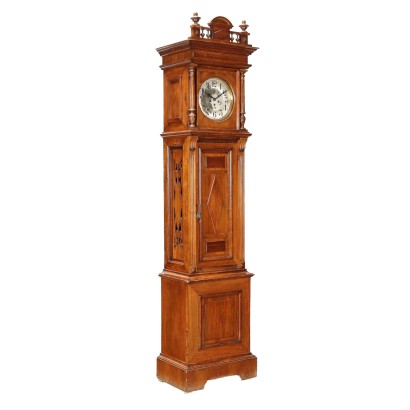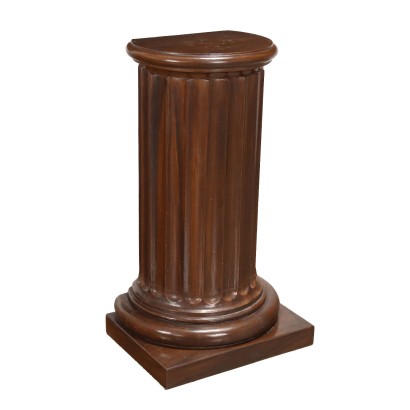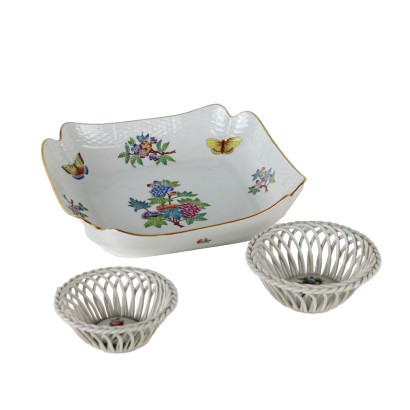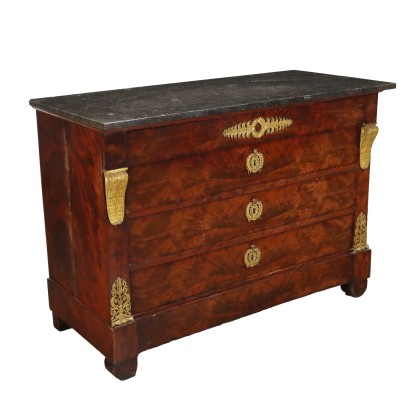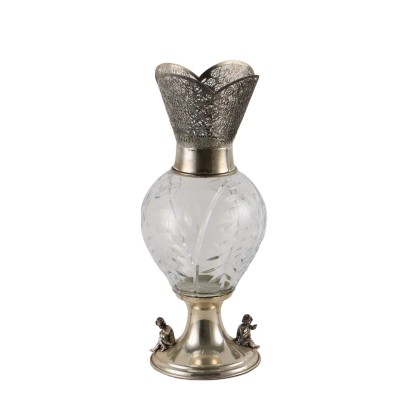Pendulum Clock Walnut England XIX-XX Century - England Late XIX - XX Century
Features
England Late XIX - XX Century
Age: 19th Century / 1801 - 1900 , 20th Century / 1901 - 2000
Origin: England
Main essence: Walnut , Poplar
Material: Carved Wood , Metal
Description
Walnut pendulum clock, England late 19th - early 20th century. Balustrade coping, metal display with Arabic numerals, carved and turned wooden structure, decorated with columns and fluted pilasters on the front. Equipped with a pair of doors for access to the mechanical interiors; sides paneled with openwork decorations. Poplar interior.
Product Condition:
Product ,that due to age and usage, requires restoration and polishing works
Dimensions (cm):
Height: 224
Width: 53,5
Depth: 38
Additional Information
Age:
19th Century / 1801 - 1900
19th Century / 1801 - 1900
20th Century / 1901 - 2000
20th Century / 1901 - 2000 Main essence:
Walnut
Walnut wood comes from the plant whose botanical name is juglans regia , probably originally from the East but very common in Europe. Light or dark brown in color, it is a hard wood with a beautiful grain, widely used in antique furniture. It was the main essence in Italy throughout the Renaissance and later had a good diffusion in Europe, especially in England, until the advent of mahogany. It was used for solid wood furniture and sometimes carvings and inlays, its only big limitation is that it suffers a lot from woodworm. In France it was widely used more than anything else in the provinces. In the second half of the eighteenth century its use decreased significantly because mahogany and other exotic woods were preferred.
Poplar
Essence considered "poor", it is a white wood, with yellowish or greyish shades, light and tender, which is easily damaged. It is used for rustic furniture or in the construction of furniture. The most valuable use it has had in the history of furniture is in Germany, in the 19th century, for veneers and inlays in the Biedermeier period. Material:
Carved Wood
Metal



